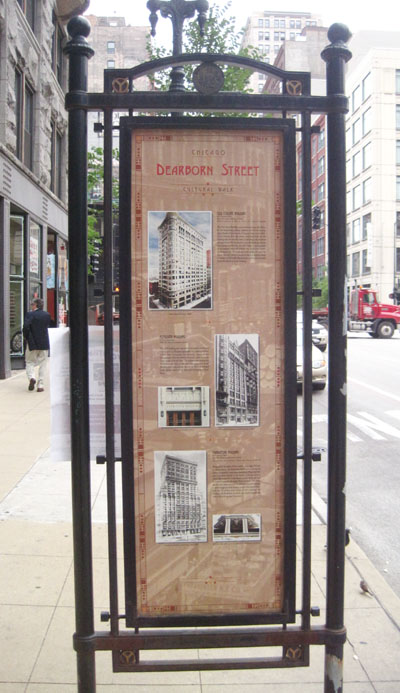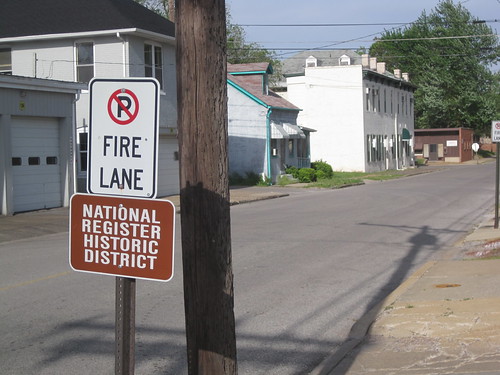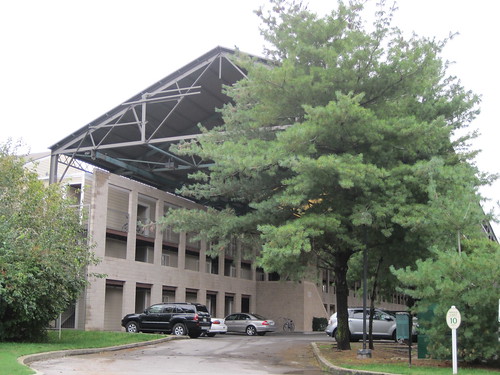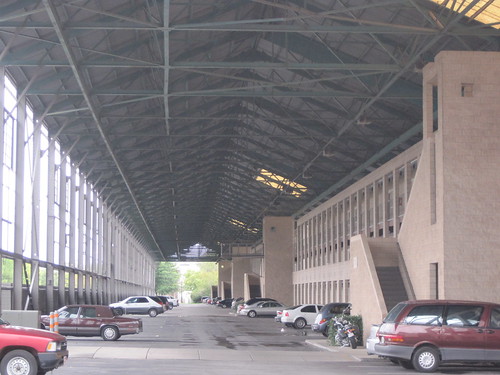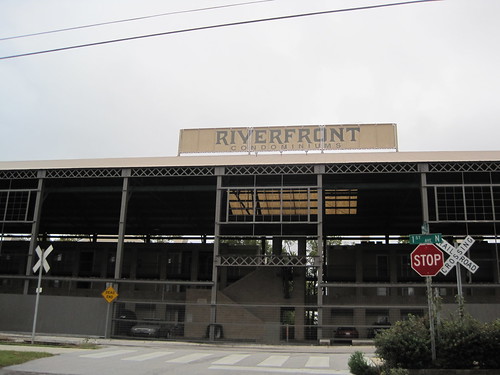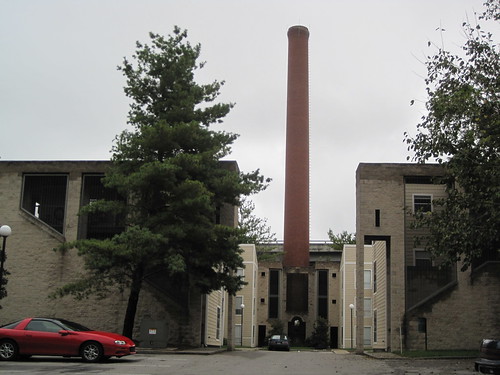by Michael R. Allen
Preservation Ohio, the statewide advocacy organization serving the Buckeye State, is the most-followed state preservation group on Twitter. I have been following Preservation Ohio’s media efforts for the past month, and am amazed at the innovation in and consistency of its efforts. In fact, on Friday, October 23, Preservation Ohio hosted a live blog on “Preservation and Social Media.” Hopefully other Midwestern preservation groups tuned in for some much-needed training.
According to the organization’s website, the premise was simple and familiar to preservationists across the country: “Ohio’s preservation community suffers from a lack of cohesion and from multiple groups working in ways that waste resources and produce a disjointed message.”
Here’s what Preservation Ohio has done to combat that problem in the past year:
* Launched The Ohio Preservation Network, America’s first social network designed exclusively for statewide preservation and revitalization. Through the site, Ohioans can now easily share preservation news, stories, events, opportunities and enthusiasm, and gain access to key resources.
* Forged new ground in the use of online social networking to build a strong, cohesive community for preservation, and to provide public relations opportunities for our members and affiliate communities.
* Hosted the most-followed organizational Twitter page of any statewide preservation organization in the country. Each month, our stories and links are now re-posted, and our stories are clicked, over 1,000 times. We continue to build a strong presence on Facebook, Flickr, LinkedIn, YouTube and other forms of social media.
* We continue to publish America’s first and oldest self-authored statewide preservation blog, MyHometownOhio, which celebrated its third anniversary this summer.
* Worked with statewide and regional preservation organizations in other parts of the country to share best practices and tips on social media.
* Hosted National Preservation Conference Twitter Central, the only location online for access to all Twitter entries from the 2009 Nashville Conference, including photos and videos.
While most of effective preservation advocacy happens offline, and some constituents are missed by social media, Preservation Ohio’s work demonstrates a welcome openness. Meeting people where they are is key to successful preservation outreach, and online media are key to meeting a wide spectrum of the public, especially younger people often under-engaged by preservation groups. Alongside traditional outreach, Preservation Ohio’s online media strategy has made it into the most visible Midwestern preservation organization. Will others follow?

